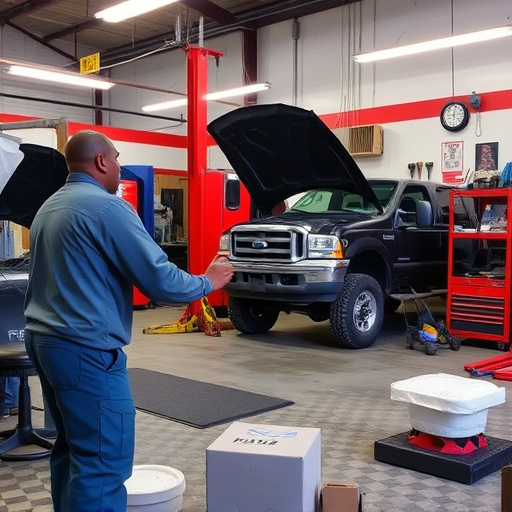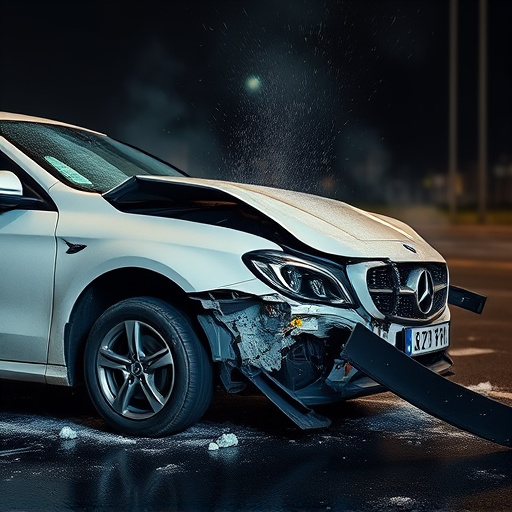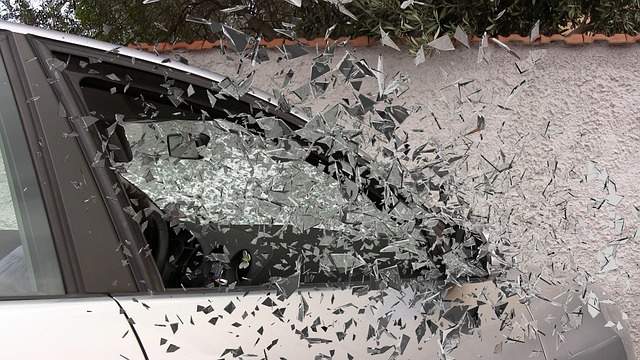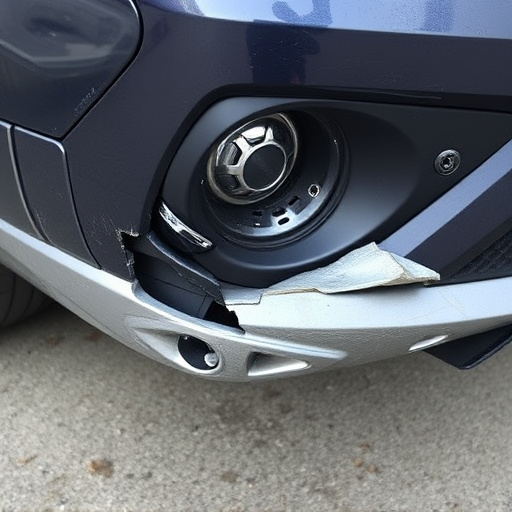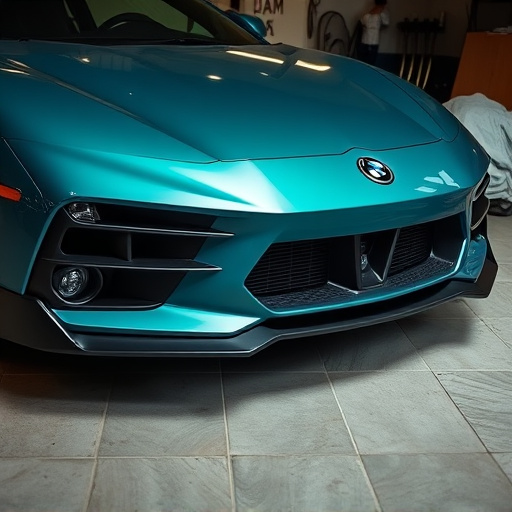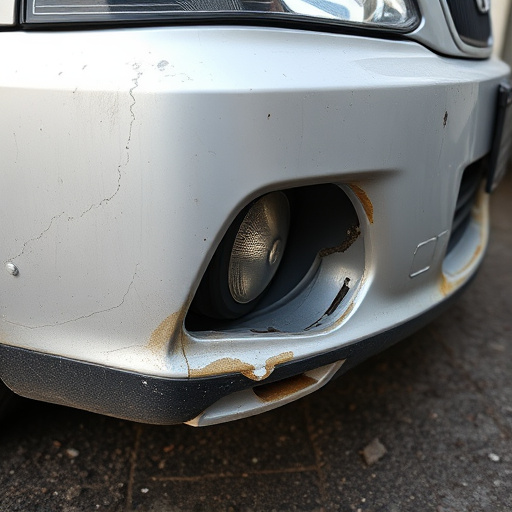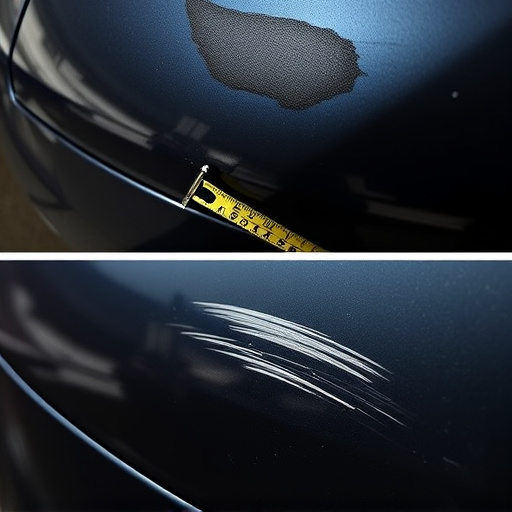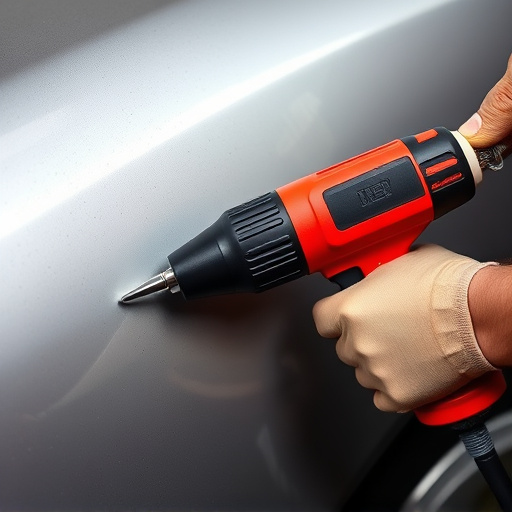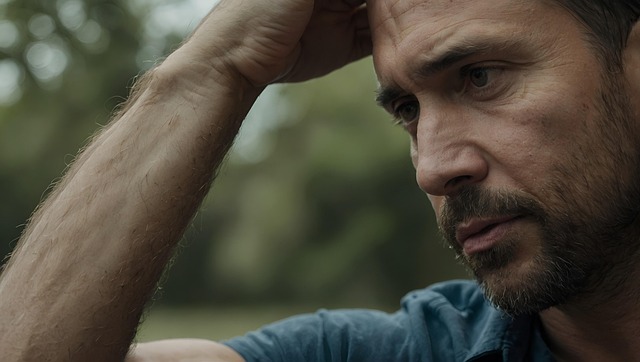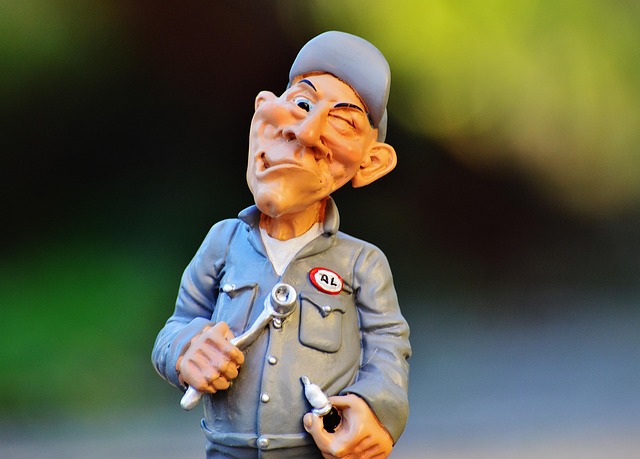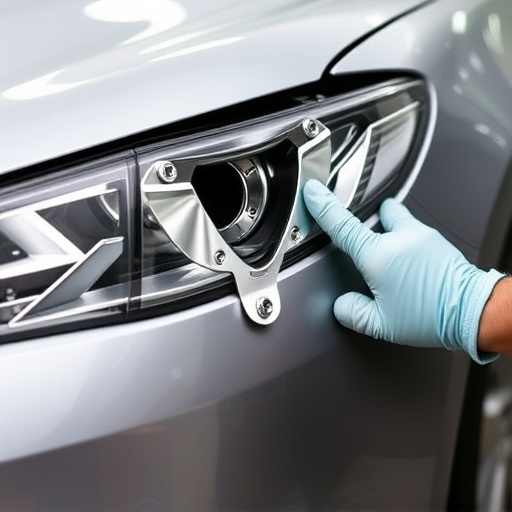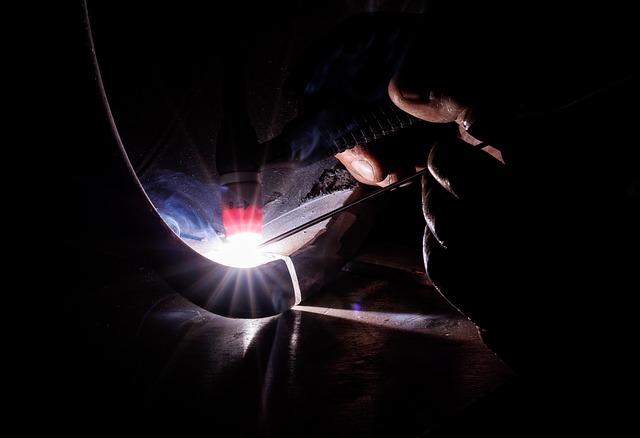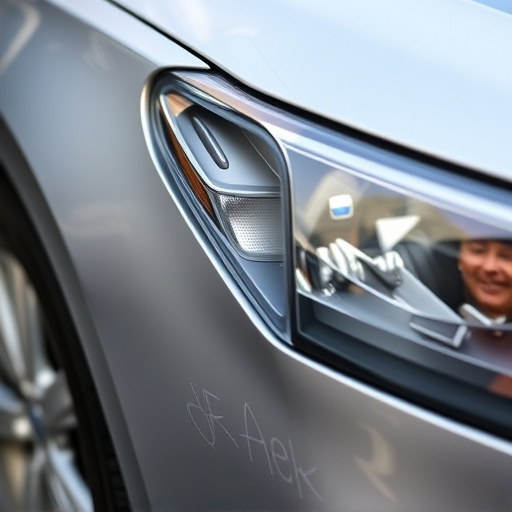Tesla Paint Protection Film (PPF) shields vehicles from chips, scratches, and environmental damage. Minor repairs can be done with spot replacements, but extensive damage requires professional full panel rewrapping. Repair involves careful assessment, cleaning, cutting, and reattaching PPF with adhesive. Severe cases necessitate a comprehensive rewrap to restore and blend damaged areas, preserving the car's original finish and protecting against future elements.
Tesla’s Paint Protection Film (PPF) offers valuable paint protection, but repairs are often needed due to damage from stones, scratches, or other debris. Understanding the PPF system and common damage scenarios is crucial for effective repairs. This article provides an in-depth guide to Tesla PPF repair, focusing on when a full panel rewrap is necessary. We’ll walk you through the process and what to expect, ensuring your Tesla’s exterior remains protected and looking its best.
- Understanding Tesla PPF (Paint Protection Film) and Common Damage Scenarios
- The Process of Repairing a Tesla PPF: Step-by-Step Guide
- Full Panel Rewrap: When is it Necessary and What to Expect
Understanding Tesla PPF (Paint Protection Film) and Common Damage Scenarios

Tesla PPF (paint protection film) is a clear, durable plastic that provides an extra layer of defense for a vehicle’s paintwork. It protects against chips, scratches, and other cosmetic damage caused by everyday driving conditions, such as flying debris, tree sap, and UV rays. By acting as a barrier between the paint and potential contaminants, Tesla PPF helps maintain the car’s original finish and enhances its overall appearance.
Common scenarios leading to Tesla PPF repair involve incidents like collisions, misaligned doors, or exposure to harsh environmental factors. Damage can range from small cracks and chips to complete tears in the film. While minor issues may be addressed with spot repairs, more extensive damage often requires a full panel rewrap, where the entire affected area is replaced, ensuring the vehicle restoration returns it to its original, sleek condition. A professional vehicle body shop specializing in Tesla PPF repair is best equipped to handle these tasks, utilizing specialized tools and expertise for collision repair and vehicle restoration.
The Process of Repairing a Tesla PPF: Step-by-Step Guide

Repairing a Tesla PPF (paint protection film) involves a meticulous process that requires skill and precision. Here’s a step-by-step guide to give you an idea of what’s involved in restoring your Tesla’s protective barrier:
1. Assessment: Begin by thoroughly inspecting the damaged area. Identify any cracks, chips, or delaminations in the PPF. It might be necessary to remove the surrounding trim pieces for a complete evaluation. Remember, early detection is key to preventing further damage.
2. Preparation: Before repairing, clean and decontaminate the affected zone. Use dedicated auto detailing products to ensure no residue remains from previous attempts at repair or contamination from environmental factors. A pristine surface ensures optimal adhesion of the replacement film.
3. Cutting and Weeding: Remove the damaged section of PPF using a sharp knife or specialized tool. Carefully cut along the edges, taking care not to damage the underlying paint. Apply a thin layer of adhesive remover (if necessary) to facilitate the removal process without harming the adjacent healthy film.
4. Application of New Film: Obtain a replacement Tesla PPF section that matches your vehicle’s specifications. Position the new film over the prepared area, ensuring it aligns perfectly with the surrounding protective layers. Use pressure-sensitive adhesive and a clean, smooth tool to eliminate air bubbles and ensure secure attachment.
5. Trimming and Finishing: Carefully trim the excess film using a sharp blade or trimming tool. Ensure a clean edge against the body panel for optimal aesthetics and protection. Remove any debris or adhesive residue from the repair area, and inspect the work for completeness and precision.
Full Panel Rewrap: When is it Necessary and What to Expect

In some cases, Tesla PPF (paint protection film) repair may extend beyond individual dent or scratch fixes to what’s commonly known as a full panel rewrap. This comprehensive approach becomes necessary when significant damage has occurred, affecting multiple areas of the car’s exterior. A full panel rewrap involves replacing and reapplying the paint protection film on an entire section of the vehicle, akin to giving that part a fresh coat of paint without fully stripping down to the base layer.
During this process, skilled technicians meticulously assess and address each panel, ensuring not just cosmetic restoration but also maintaining the integrity of the car’s original finish. The result is a seamless blend where repaired areas merge flawlessly with the surrounding unharmed sections, showcasing expert auto detailing and restoring the vehicle’s aesthetic appeal. Think of it as a complete makeover for your Tesla, transforming damaged panels into sleek, protected surfaces that stand the test of time and weather conditions, effectively prolonging the life of your car’s exterior.
When repairing a Tesla PPF (paint protection film), understanding when a full panel rewrap is necessary is key. While minor damages can often be patched, extensive scuffs, scratches, or delaminated areas may require replacing the entire film. This process involves carefully removing the existing PPF, inspecting the underlying paint for any further damage, and then applying a fresh layer of protection. A full panel rewrap ensures your Tesla’s exterior remains shielded from environmental elements, maintaining its original factory finish and aesthetic appeal.
